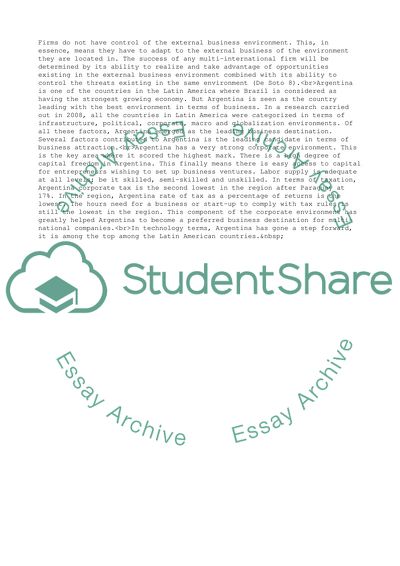Cite this document
(The Business Environment in Argentina Assignment, n.d.)
The Business Environment in Argentina Assignment. Retrieved from https://studentshare.org/business/1773992-final-paper
The Business Environment in Argentina Assignment. Retrieved from https://studentshare.org/business/1773992-final-paper
(The Business Environment in Argentina Assignment)
The Business Environment in Argentina Assignment. https://studentshare.org/business/1773992-final-paper.
The Business Environment in Argentina Assignment. https://studentshare.org/business/1773992-final-paper.
“The Business Environment in Argentina Assignment”, n.d. https://studentshare.org/business/1773992-final-paper.


